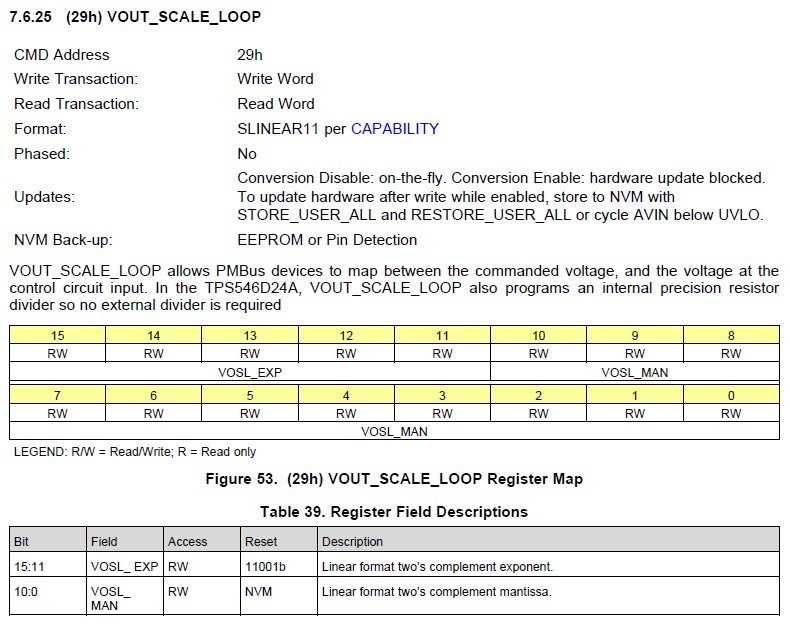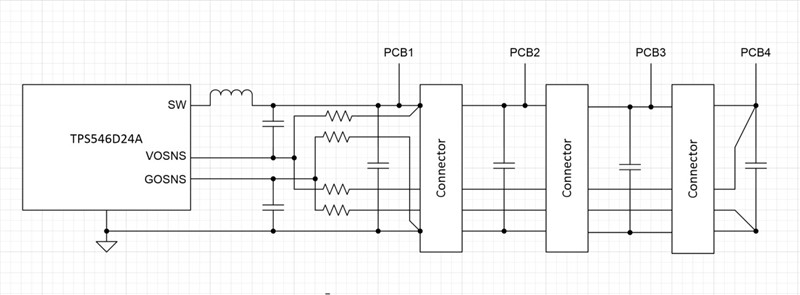Other Parts Discussed in Thread: TPS546D24A, TPS546D24
Hi there,
Does TPS546D24AEVM board could output a voltage higher than 1.5V? The inductor value on EVM board is 150nH, Does the Output support 0.6 V to 5.5 V at 80 A?
When I set the output voltage using Fusion Digital Power Designer. There have a note: You must enter a number betweent 0 to 1.5.
I changed the Pin Strapping. But there was nothing happend. How to set these commond to EEPROM?
Here is Pin Strapping.
Pin_detect_override is set to 0x1F2F.
Regards,
Ricardo







